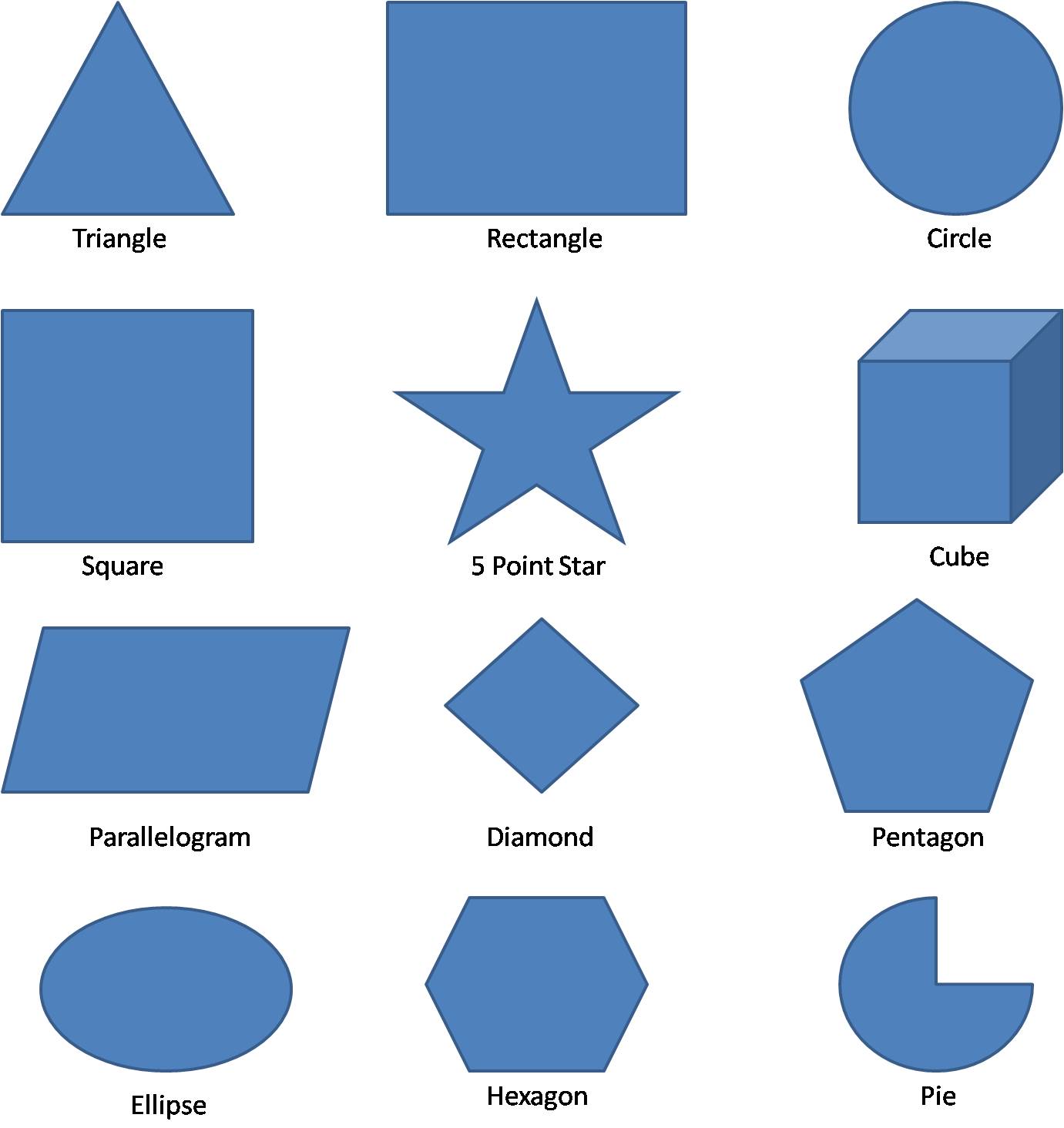RECOUNT TEXT
Definition of Recount
Recount is a text which retells events or
experiences in the past. Its purpose is either to inform or to
entertain the audience. There is no complication among the participants
and that differentiates from narrative
Generic Structure of Recount
1. Orientation: Introducing the participants, place and time
2. Events: Describing series of event that happened in the past
3. Reorientation: It is optional. Stating personal comment of the writer to the story
Language Feature of Recount
• Introducing personal participant; I, my group, etc
• Using chronological connection; then, first, etc
• Using linking verb; was, were, saw, heard, etc
• Using action verb; look, go, change, etc
• Using simple past tense
Examples :
My Adventure at Leang Cave
Orientation
On Sunday, my parents, my best fruend Novi, and I visited a cave at
Maros called Leang-leang . It was my first time to visit the cave,
better yet, my best friend came to visit it with me!
Event 1
The cave was famous for its primitive cave wall paintings which were
some hand prints and wild boar paintings. The cave and its surroundings
was turned into a national park, so it was taken care of. My parents
took a rest in a small hut for visitors of the park, while Novi and I
adventured around the cave with a guide. We had to climb some metal
stairs to get to the cave, because the cave was embedded into a small
mountain. Next stop was a place where some seashells littered the ground
and some were actually piled into a big mound! The guide said that
these piles of seashells are called kjokkenmoddinger, or kitchen trash.
Event 2
The humans who lived here ate the shells and dumped the left overs in
their ‘kitchen’. The last place was a small museum where they have
skeletons of the humans who lived in the caves. The skeletons along with
some roughly made jewelry and weapons were placed inside glass cases
for display. The walls of the museum were adorned with photographs taken
when they did an excavation there.
Reorientation After a quick lunch with Novi and my parents, we decided it was time to go back home. We really had the time of our lives!
Jedi anda Jada
Orientation Hai, I,m Jedi . I have a twin sister, named Jada.Event 1 We were born on August 5, 1992. we are in the eighth grade now. Jada and I do everything together.We are in the same class.We dress alike.We look the same.We always get other people confused.This really makes Jada and I laugh.Teachers and friends always get us mixed up at school.even our father has troubles telling us apart.Our mother doesn’t. She alays know which twin is which.Jada and I often try to confuse her, but it has never happened.
Event 2 Mother came to the rescue, and refused to make us cut our hair.We were happy just the way we were and didn,t want to change.Our dad just shook his head. He would have to stay confused.Jada and I didn’t care.
Reorientation : We knew which one was which, and that was all that mattered.
A Visit to a Sheep Property
ORIENTATION : Last holidays I visited a sheep property. I helped in the shearing sheds and in the yards.
EVENT 1 : On the first day the Merino wethers were crutched. I helped by sweeping up after the rouseabout picked up the wool pieces. Shearers start early (at 7.30 am)
EVENT 2 : After lunch, we started shearing the lambs. There were more than 400 so we didn’t finish until the next day. Once again I was sweeping and picking up dags.
EVENT 3 : I was tired by the end of the day in the shed but our work wasn’t finished. We all had to help to get the wethers and lambs back into the paddocks. As well, we had to get a mob of ewes and their lambs into the yards for shearing the next day. Then it was time for tea (that’s what my nanna calls dinner).
REORIENTATION : This was a very long day but I enjoyed it a lot.
Our trip to the Blue Mountain
Orientation On Friday we went to the Blue Mountains. We stayed at David and Della’s house. It has a big garden with lots of colourful flowers and a tennis court.
Event 1 On Saturday we saw the Three Sisters and went on the scenic railway. It was scary. Then, Mummy and I went shopping with Della. We went to some antique shops and I tried on some old hats.
Event 2 On Sunday we went on the Scenic Skyway and it rocked. We saw cockatoos having a shower.











